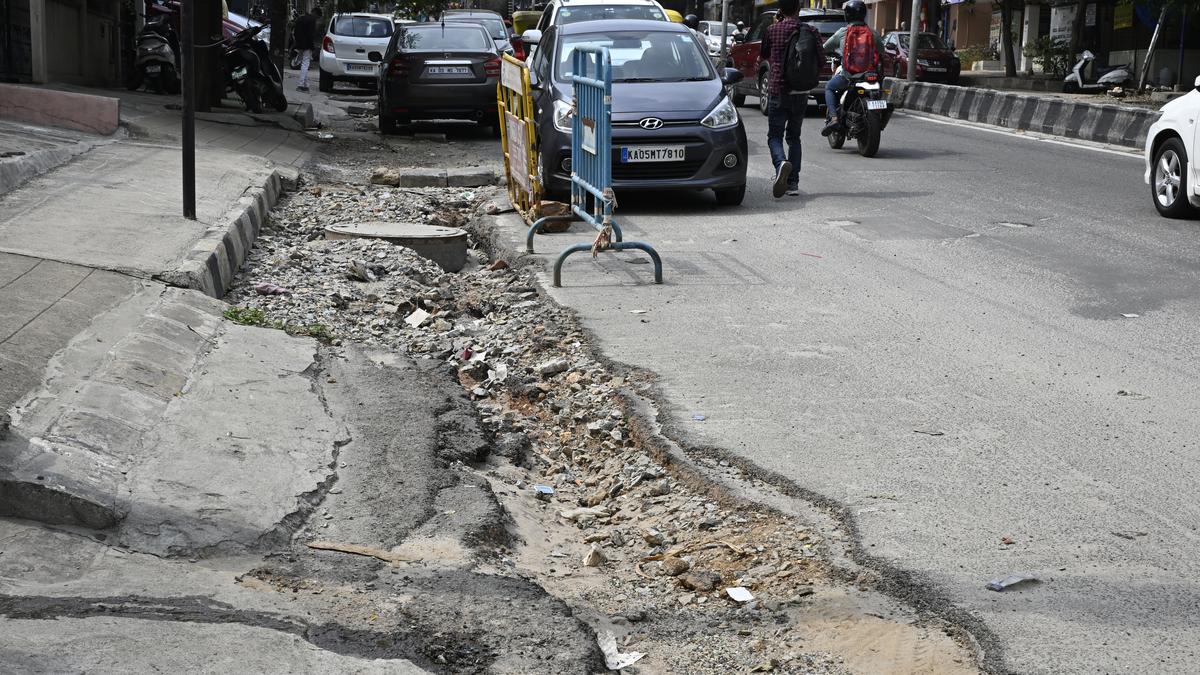A new report on the Dubai floods that wreaked havoc in the city earlier this month has said that although it is difficult to conclude it "with certainty", climate change is "most likely" the main reason behind the extreme weather event.
The report, published in World Weather Attribution on 25 April added that there was no alternative explanation for the extreme weather event as well.
In Oman, at least 20 people died due to flooding that followed the rainfall. Bahrain and Saudi Arabia too received heavy rain during the same period.
But what caused this extreme weather event? The Quint spoke to experts to decode the report.
Key Findings of the Report
Researchers from Saudi Arabia, Pakistan, Switzerland, the Netherlands, Sweden, the United States, Canada, France, and the United Kingdom, who worked on the report, found:
El Nino Southern Oscillation played a key role “and was found to be important to explain the variability in the observed rainfall.” Interestingly, in Oman and UAE, El Nino was occurring when heavy rainfall events happened.
“The event was 10-40 percent more intense than it would have been had it occurred in an El Nino year in a 1.2°C cooler climate. There is “medium confidence” that heavy precipitation would be detectably larger in the Arabian Peninsula at about 1.5°C of global warming compared to pre-industrial climate conditions, which is close to the current level of global warming.”
In the UAE, 85 percent of the population lives in flood-prone and low-lying areas. Because of the “ high degree of surfaces with limited permeability and absorptive capacity from urban developments, inadequate drainage and the hyper-arid soils,” there is the risk of flash floods in the country.
Cloud seeding had no significant influence in the event.
Notably the study also said, "While the heavy rainfall was well forecasted by national meteorological agencies, floodwaters led to a high number of deaths and extensive damages to homes, shops, offices and cars in the UAE and Oman."
Study authors
What Role Does Climate Change Play in This Case?
What do these findings mean? How did El Nino exactly contribute to the torrential rainfall that shook Dubai?
Gagan Reddy, CTO of ProClime, a climate-change company, tells The Quint, “El Nino is a global phenomenon that occurs every 4-7 years influencing weather patterns, including rainfall, across the Arabian and Indian peninsulas.”
According to Anjal Prakash, Clinical Associate Professor (Research) and Research Director Bharti Institute of Public Policy, Indian School of Business, El Nino causes more warming than average when it is occurring, and leads to extreme weather events.
If natural factors like El Nino and climate change-induced global warming are the main causes like the experts and the report both point, why was the latter hesitant in saying with certainty that climate change led to the Dubai floods?
Kanika Jamwal, a doctoral candidate in environmental law at the National University of Singapore, explains that “conclusively attributing extreme weather events to climate change” is easier said than done.
"There is increasing scientific evidence linking human-induced climate change to extreme weather events. However, it still falls short in attributing specific events to climate change," she says.
Kanika Jamwal
Where all the experts agree on is that cloud seeding has a sporadic impact and on a small-scale, so it can’t lead to the kind of precipitation and devastation that Dubai saw.
What Next?
When asked what lies ahead, Prakash tells The Quint, “We just have to adapt and mitigate. We need all the countries to come together and adhere to the target of not warming up more than two degrees Celsius. We have already warmed up by 1.48 degrees Celsius. Breaching 1.5 degrees was the target for the end of the century, but we’ll reach that point by the middle of the century only.”
Jamwal agrees. She says that what needs to be done first is to plug the gaps in climate science.
The report also pointed to infrastructural changes and policy changes that the UAE and Oman need to make.
Adopt proactive disaster risk management strategies with early warning and early action systems
Long-term adaptation planning
Proactive urban planning
Integration of impact-based forecasting in EWS
(At The Quint, we are answerable only to our audience. Play an active role in shaping our journalism by becoming a member. Because the truth is worth it.)

 2 weeks ago
101
2 weeks ago
101


